The secrets behind Kate Middleton's jewels and what she will pass down to Princess Charlotte
Gemologist Grant Mobley speaks to IBTimes UK about Kate's collection.
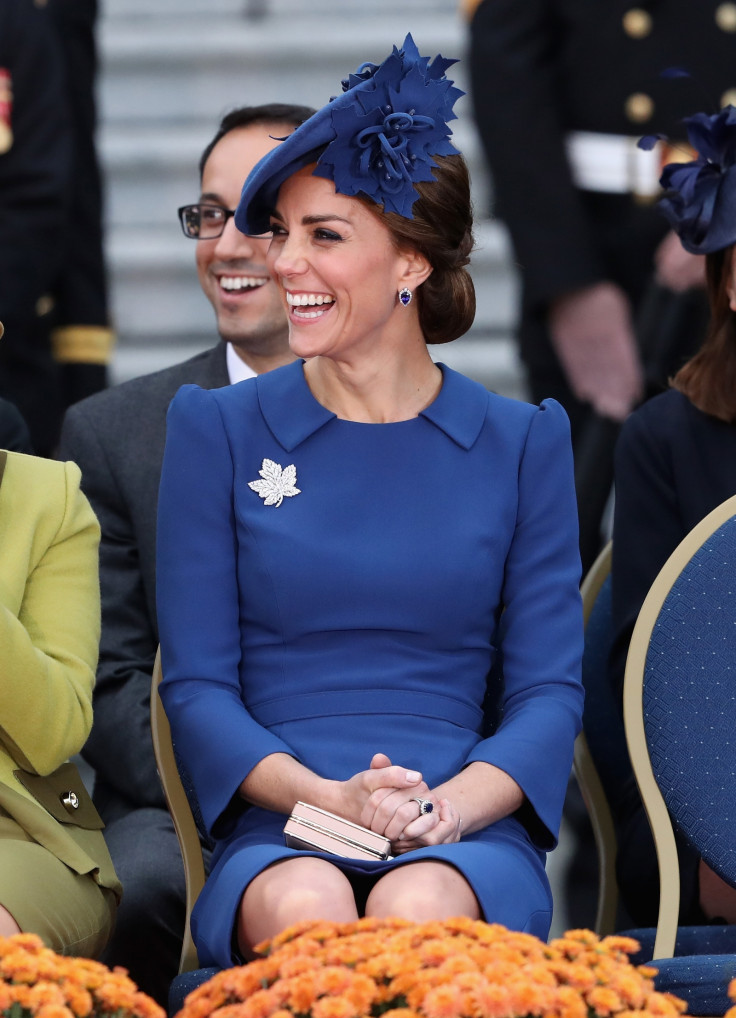
The 'Kate Middleton effect' has had a significant impact on womankind, with the Duchess of Cambridge's famous outfits from the likes of Zara to Alexander McQueen being highly sought after across the globe.
But what sets LK Bennett-wearing Kate apart from us mere mortals is her invaluable jewellery, much of which has been passed down to her from the Queen.
Middleton's engagement ring – previously known as the "commoner's sapphire" when Princess Diana chose it back in 1981 – is one of the most coveted styles in recent years and is now valued at approximately £300,000 ($400,000).
Along with her Cartier Ballon Bleu watch, which Prince William gifted her for their third wedding anniversary, Kate is renowned for her elegant taste in accessories to compliment her "literal dressing".
The duchess – who is expecting her third child next year – has noticeably increased her jewellery collection of late, and has stepped out in pieces on loan from Her Majesty.
With the Queen making less and less public engagements and a sizeable jewellery stash of more than a dozen tiaras, brooches, necklaces and bracelets sitting indoors, it's no wonder she's lent Kate a few trinkets.
Kate borrowed the Queen's favourite pearl and diamond earrings on her first solo foreign trip to the Netherlands, knowing she would be shown Johannes Vermeer's celebrated Girl with a Pearl Earring painting at an art gallery.
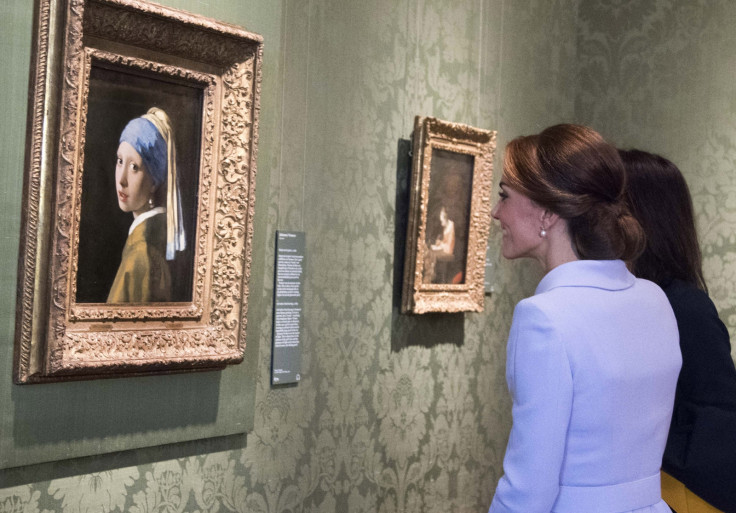
In July 2017, Kate accessorised her fashion-forward Marchesa gown with her grandmother-in-law's very regal Cambridge Lover's Knot Tiara and the Bandeau Necklace, complete with a ruby and floral design at the Queen's state banquet at Buckingham Palace.
The tiara was made by royal jewellers Garrard in 1914 to a personal design by Queen Mary – and was a copy of one owned by her grandmother.
Princess Diana later received it as a wedding present from the Queen, but it is reportedly so heavy that it gave her headaches when she wore it.
Grant Mobley, a gemologist and Director at Pluczenik – one of the world's leading diamantaires – spoke to IBTimes UK about Kate's growing confidence in wearing very regal pieces of jewellery.
On how experts can tell her pieces have been passed down by the Queen and other members of the Royal family, he said: "The beautiful thing about antique and estate jewellery that is passed down for generations is that the jewellery represents a style and technique of jewellery making that is no longer around.

"For example, many royal pieces are set with diamonds that are cut in 'Old European' or 'Mine Cut' shapes that are no longer around today. These cuts are very noticeable in diamonds because the way they reflect light gives them a unique glow and character that you rarely see today.
"This style is a representation of what would have been so long ago when the piece was made. Although the style can usually be reproduced, one thing that really sets apart Kate's, and others passed-down antique jewellery, is the stone cutting and manufacturing techniques to the time when it was made. Even reproductions of old styles are being made in more modern ways and this is very recognisable if you look closely."
What many royal watchers want to know is what pieces Kate and the Queen will likely pass down to Princess Charlotte, 2, who is already proving to be the royal family's greatest fashion icon.
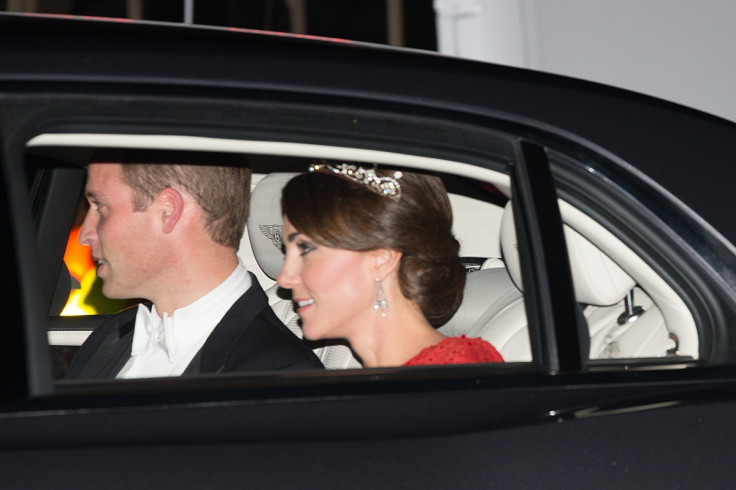
He said: "Most of the joy of owning quality pieces of jewellery is the ability for them to be around forever, giving you the ability to pass it down for generations and continue the traditions.
"Only quality diamond and precious stone jewellery would ever be passed down because of its longevity and inherent value. When someone has such an extensive and incredible jewellery collection as the Queen or Kate, I would imagine the decision of whom to pass down each piece would be very personal.
"In my experience, the owner usually has specific reasons or memories associated with each piece that they relate to the lucky one who gets to receive the piece one day. It seems some of the most precious pieces of jewellery that Kate wears include the amazing natural yellow and white diamond art deco, matching bracelet, earrings, and ring that her father-in-law Prince Charles gave her as a wedding gift. I would imagine the latter may be something passed down on Charlotte's wedding day.
"Another is the diamond maple leaf broach given to her by the Queen for her tour of Canada. She will most likely make it a tradition and pass it on to be worn by her daughter on her first trip to Canada. Only time will truly tell what amazing pieces of history and tradition Princess Charlotte will inherit."
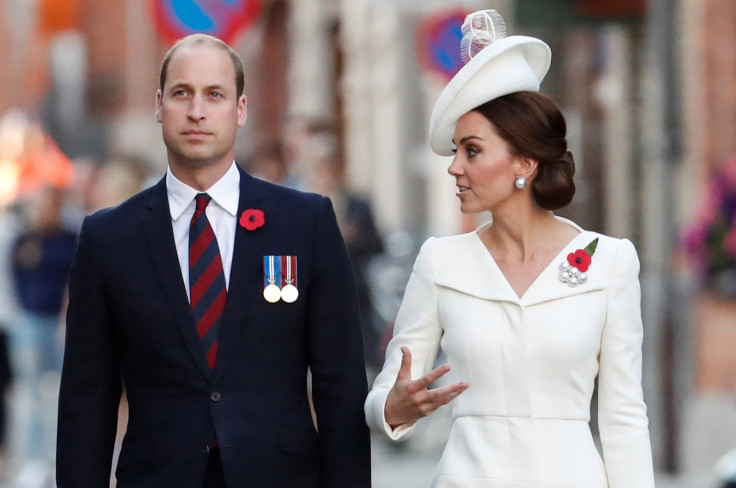
Heavy and statement pieces may be seen as a touch archaic, especially as the British Royal family are becoming more modern in their ways with more televised interviews and relaxed rules.
But Mobley doesn't believe the Queen's timeless jewellery will ever go out of style.
He said: "I do not think this will ever be a thing of the past. Jewellery is one of the very few physical things that can last forever and represent generations of history. Royals have collected high quality diamond and precious stone jewellery for centuries because diamonds contain significant inherent value and can be passed down for generations with no loss to that value.
"It has always been important for royals to wear diamonds and jewels to demonstrate to their people their power, strength and wealth as a country. Even in today's world, royals use diamonds and fine jewellrey as symbols to reaffirm to the world that their country is strong, prosperous and has great history.
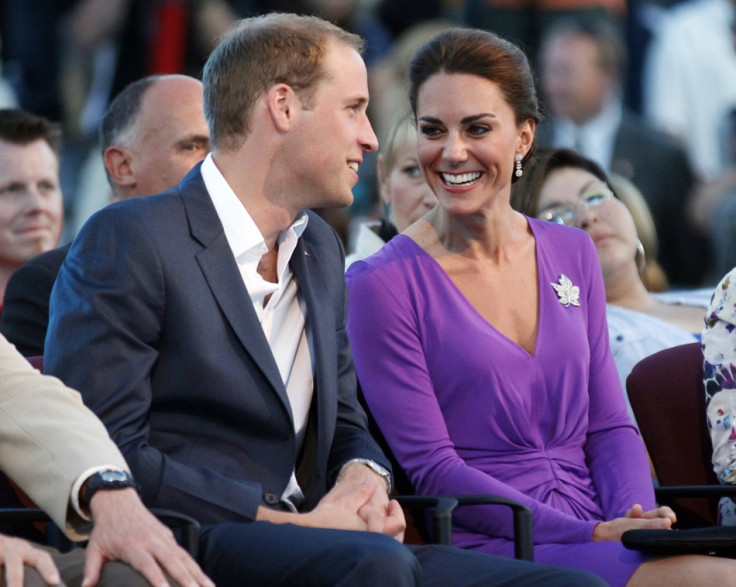
"The significant inherent value in diamonds insures the continuation of wealth and the history that is contained in the ownership over the generations. In the diamond industry these days, we are seeing news of laboratory grown diamonds coming into the marketplace and this is important because lab grown diamonds have no inherent value or history like natural diamonds and thus would never be worn by or passed down by a royal.
"One of the most interesting things is to see the new pieces that are added to royals' collections over time because they tend to be a wearable time capsule of an era, showcasing the innovations, design, and skills of the artisans of the time," Mobley continued.






















